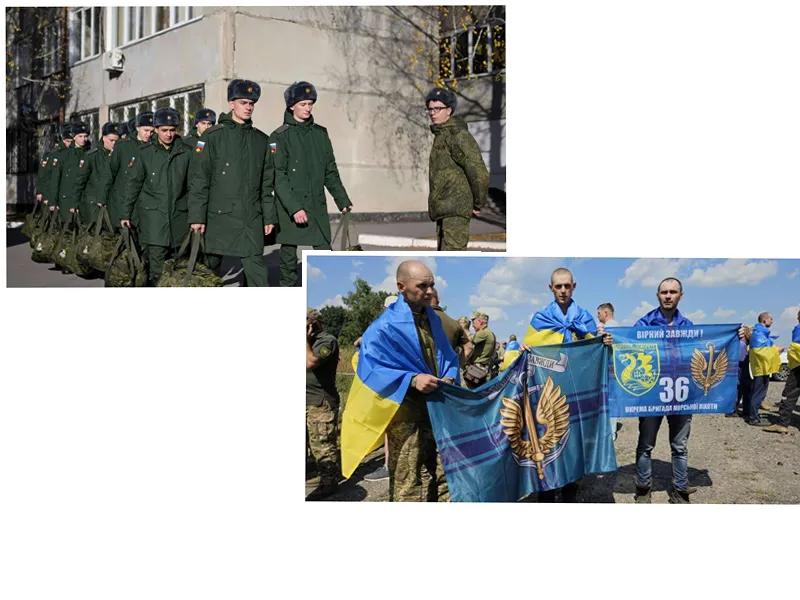As the Ukraine war drags on, Russian military losses have reached staggering numbers. According to the British Economist, between February 2022 and mid-June 2024, an estimated 462,000 to 728,000 Russian soldiers were either killed or seriously injured. This immense loss has prompted the Kremlin to introduce new measures to retain conscripts and prevent them from fleeing the country. A software system for 'electronic data exchange' between the Ministry of Defense and the Federal Security Service (FSB) has been deployed to track and control conscripts more effectively.
In September 2022, Vladimir Putin ordered a partial mobilization of 300,000 reservists, leading to a significant exodus of young Russians. To counter this, a new law now prohibits men from leaving the country once they receive a call-up order, which can be delivered online. Similarly, Ukraine faces its own conscription challenges. Since the Russian invasion, all Ukrainian men aged 18 to 60 have been banned from leaving the country. New recruitment laws have been enacted, lowering the conscription age and imposing severe penalties on conscientious objectors. Both nations are struggling to maintain their military ranks amidst ongoing conflicts.
Despite the escalating tensions, Russia and Ukraine continue to engage in prisoner exchanges. Recently, both nations released 95 soldiers each, facilitated by mediation from the United Arab Emirates. These exchanges are part of a broader effort to address humanitarian concerns, including the controversial issue of child deportations. Ukraine accuses Russia of deporting around 20,000 minors, a claim Moscow denies. The International Criminal Court has issued an arrest warrant against Vladimir Putin for alleged war crimes related to these deportations. Meanwhile, small groups of minors are gradually being returned to Ukraine, with Qatar playing a mediating role.





